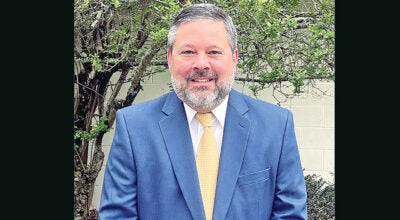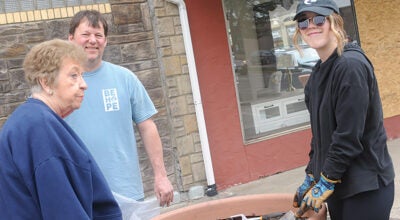Work sessions focus on improving classroom agendas
Published 9:56 am Thursday, July 9, 2009
CHESAPEAKE — The goal is simple: Empower teachers by giving them a chance to communicate with each other to determine long-range academic objectives.
Achieving that aim is what has brought teachers from Chesapeake schools into the classroom over the summer months as they work on curriculum for the new year.
On Tuesday, fourth through 10th grade math teachers spent the day in a curriculum alignment work session.
Recently math teachers from kindergarten to third grade conducted a comparable workshop and all will hold a third session at the end of the month.
Similar workshops in other disciplines are part of the summer agenda for Chesapeake teachers.
While they may teach on the same campus, even the same building, the reality is a teacher’s world is often defined by the four walls of his or her classroom. That can translate into one instructor not cognizant of all the material that is covered in the grade below.
“It has been eye-opening to realize my grade was the first time a child has been introduced to this material,” Michalle Ashworth, seventh and eighth grade math teacher at Chesapeake, said.
Understanding this can show teachers when and how to teach the objectives or indicators mandated by the state.
“The goal is to help empower teachers on what to teach, how and when,” according to John Gibson, eighth grade math teacher and chair of the math department. “You have to prioritize the indicators. One might take three days; another might take three minutes. We are analyzing and breaking down the indicators. … A lot of time teachers are frustrated in knowing what to teach.”
Cecili Nida teaches Algebra I in the accelerated eighth grade program and has found this give-and-take with her colleagues effective.
“It is really important to get the flow of how we teach,” Nida said. “We ask each other what do you do in that grade level, it will help connect the grade levels.”
In mathematics Gibson has found relating the subject matter with a student’s activities outside the classroom a successful teaching technique. With advances in technology, that becomes easier.
For example, through the Internet, the blueprints for the Olympic stadium built in Beijing for the summer 2008 games can be downloaded so a class can analyze the math used in the construction.
“What makes it real is tying what you do in the classroom to what you do in the world,” Gibson said. “The future of math will more and more be geared at an early age to building bridges from what I am doing in the classroom to what I will be doing in the real world. Technology has made math a lot easier to understand, to make it more practical.”





